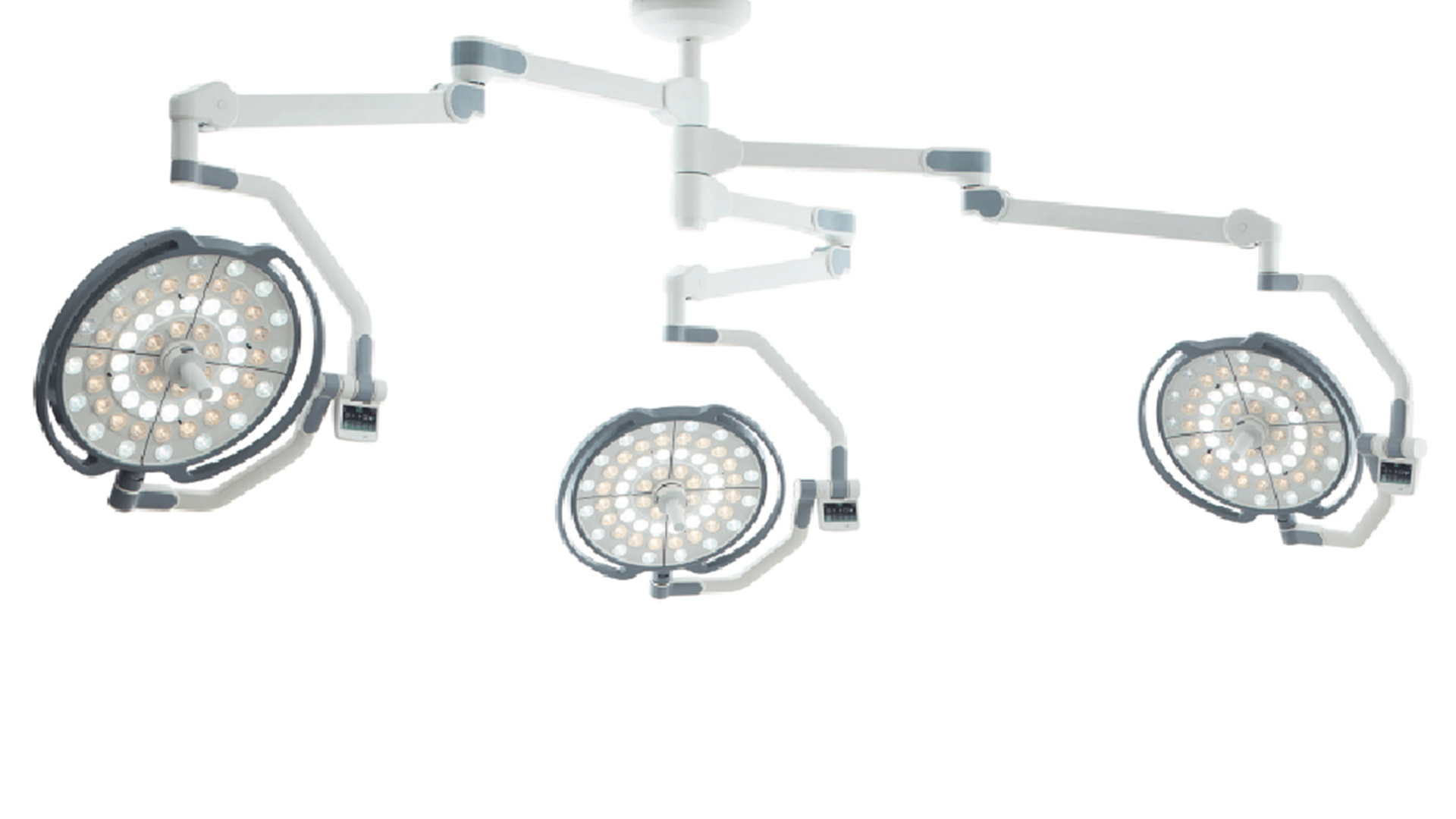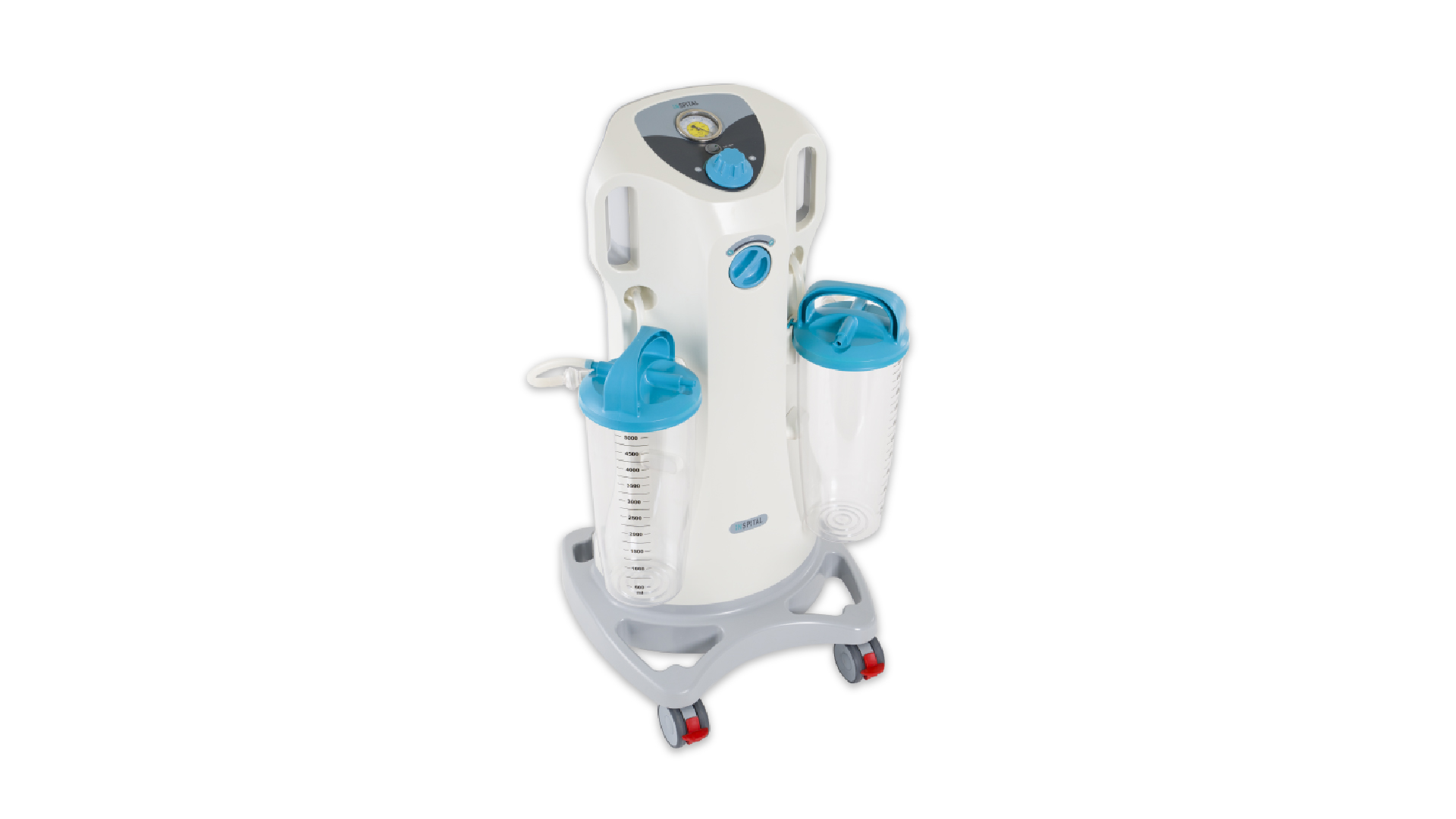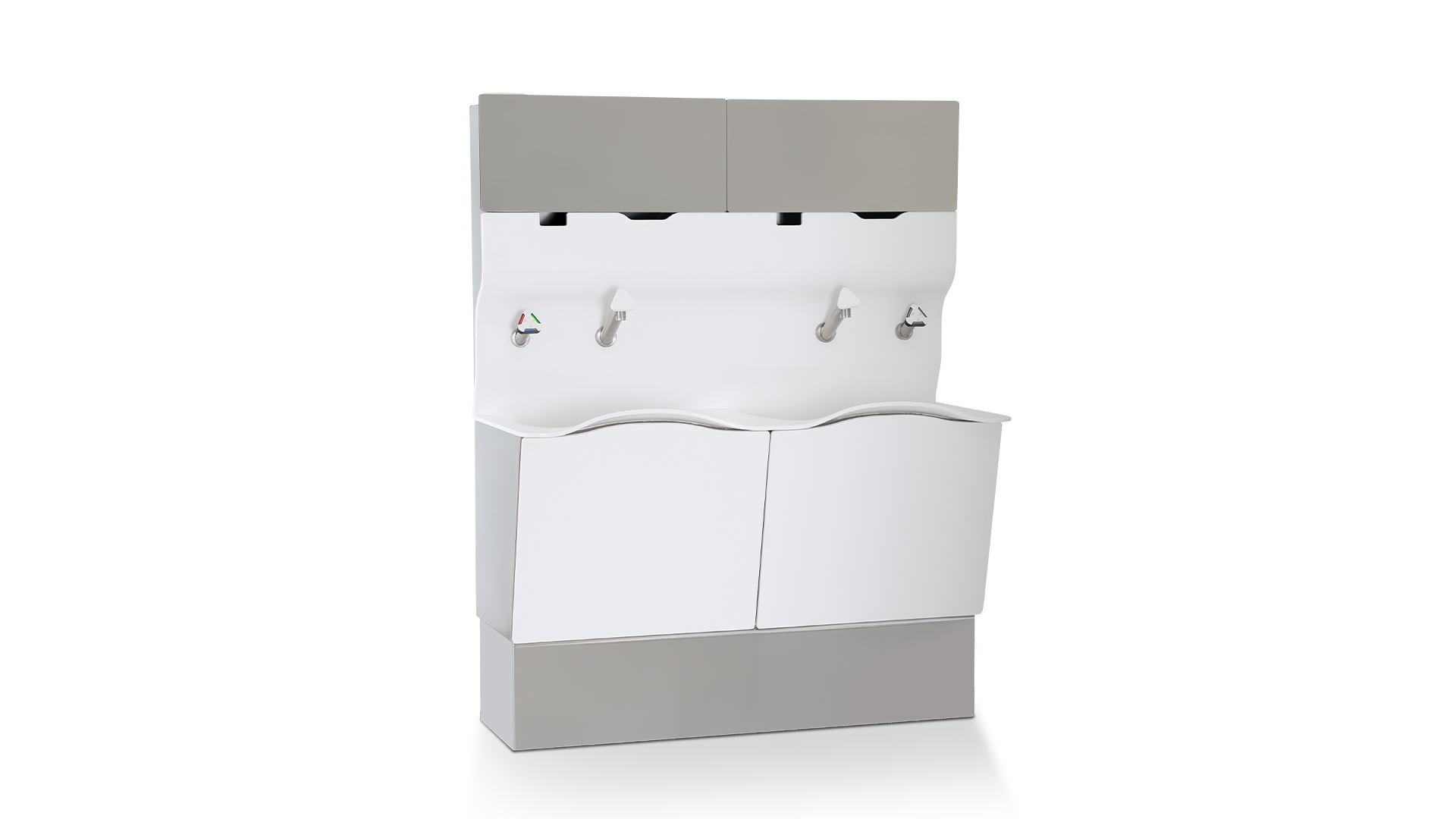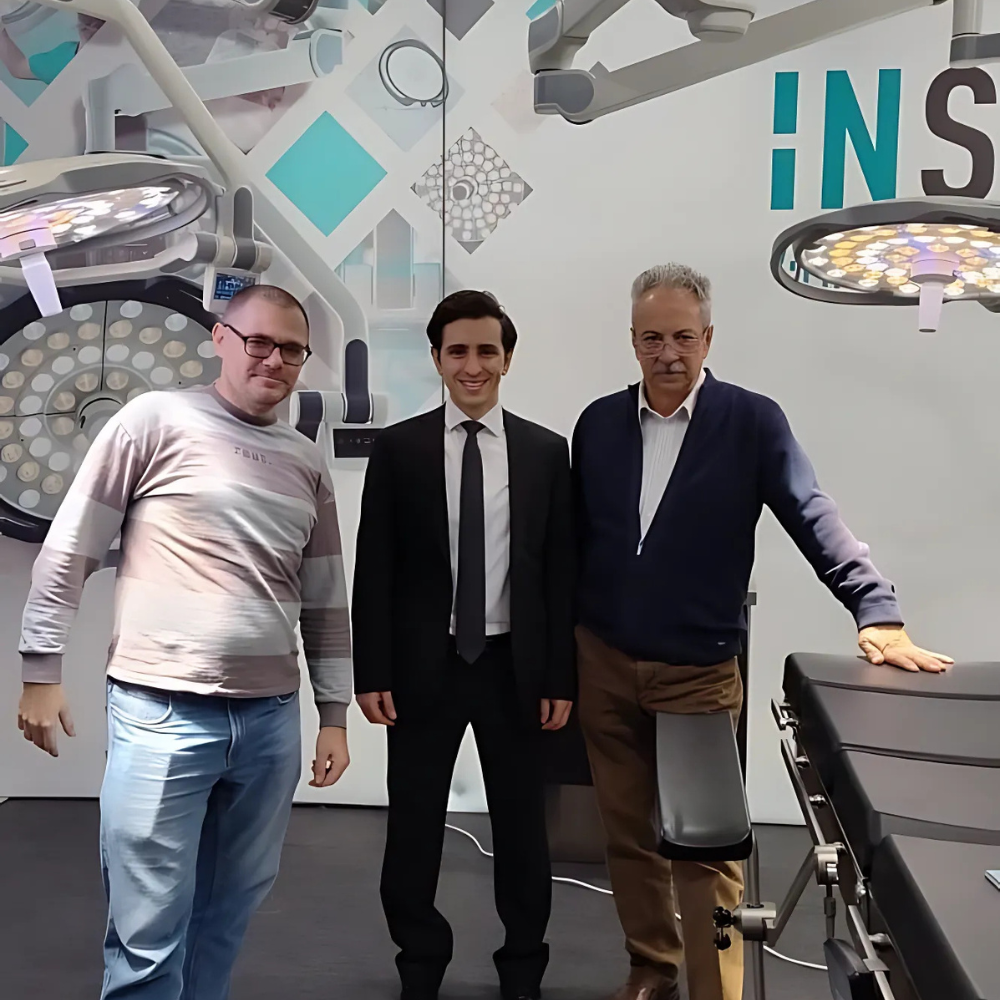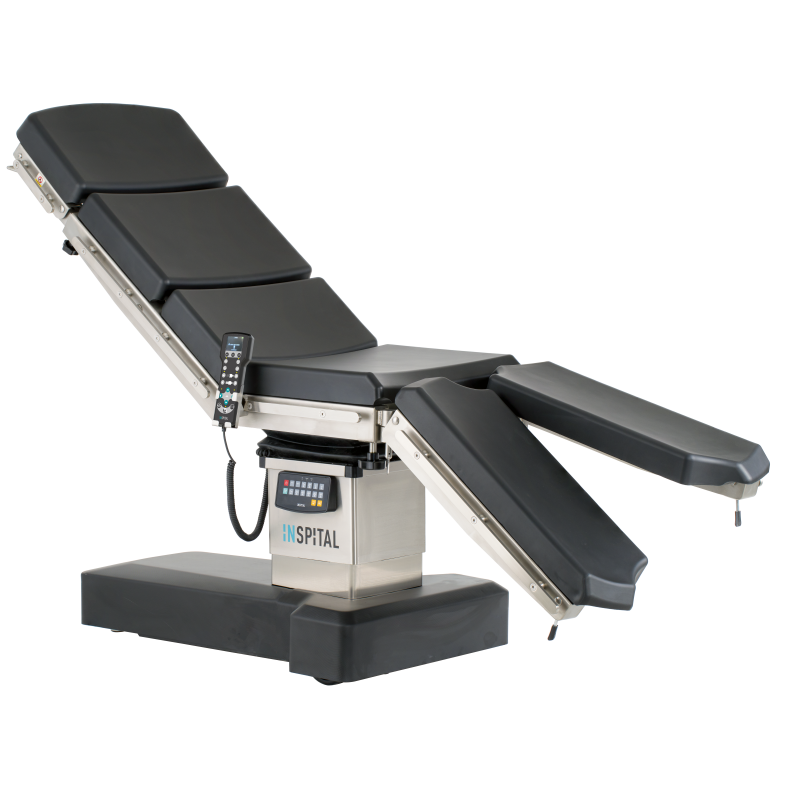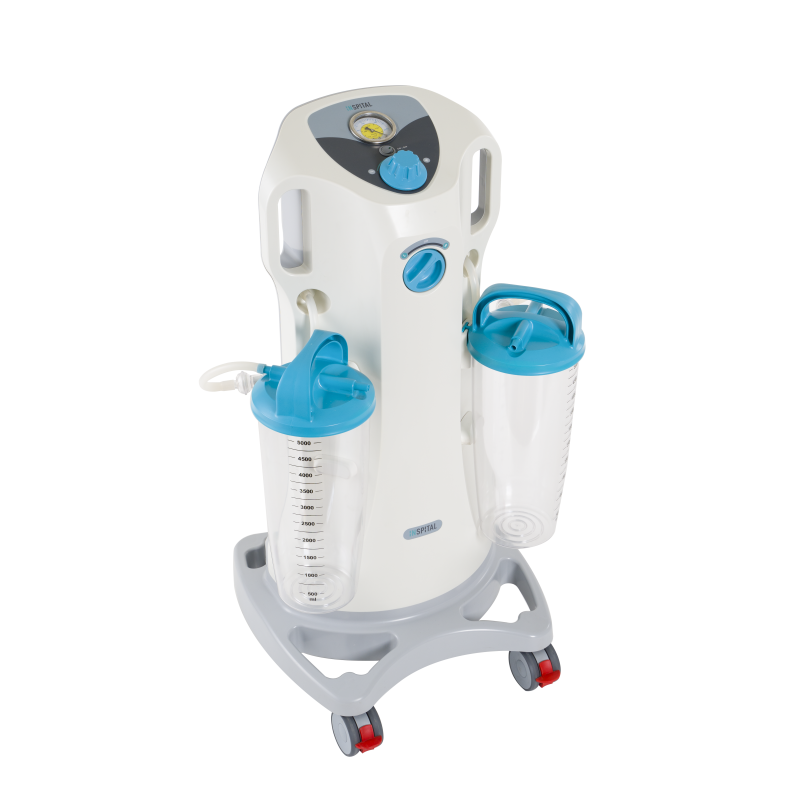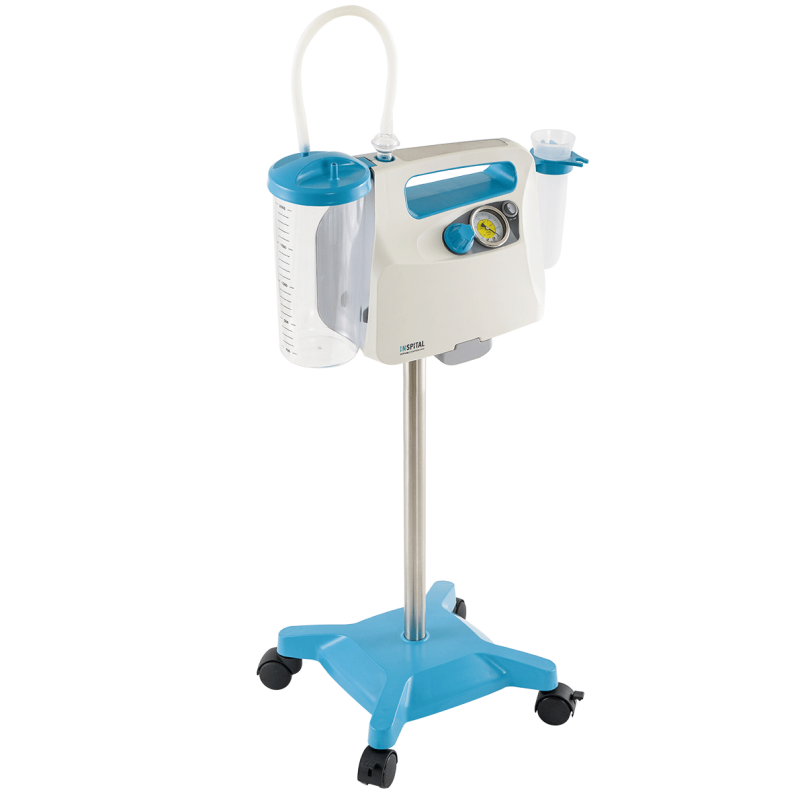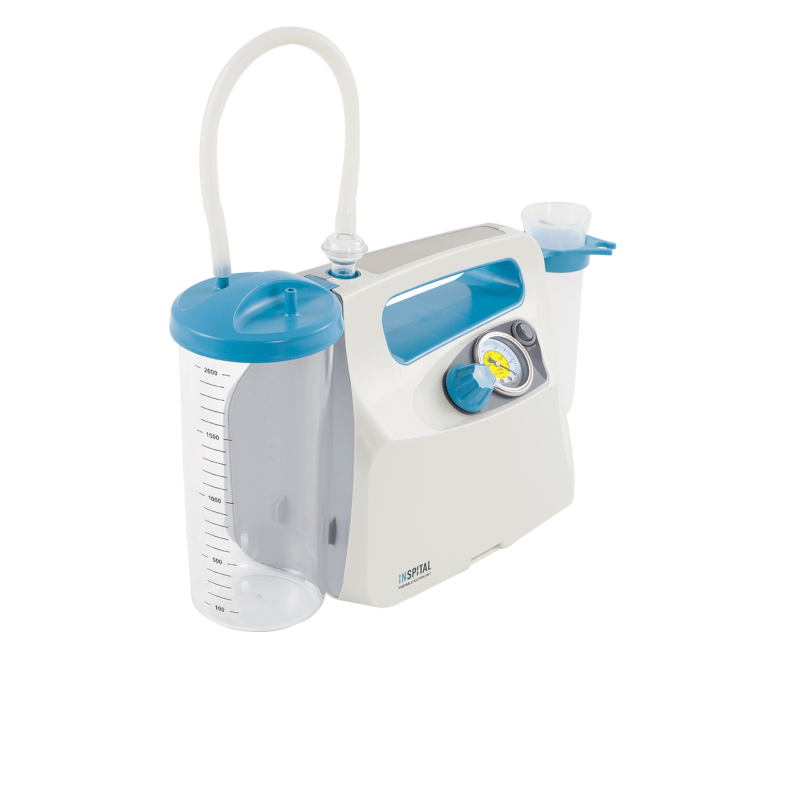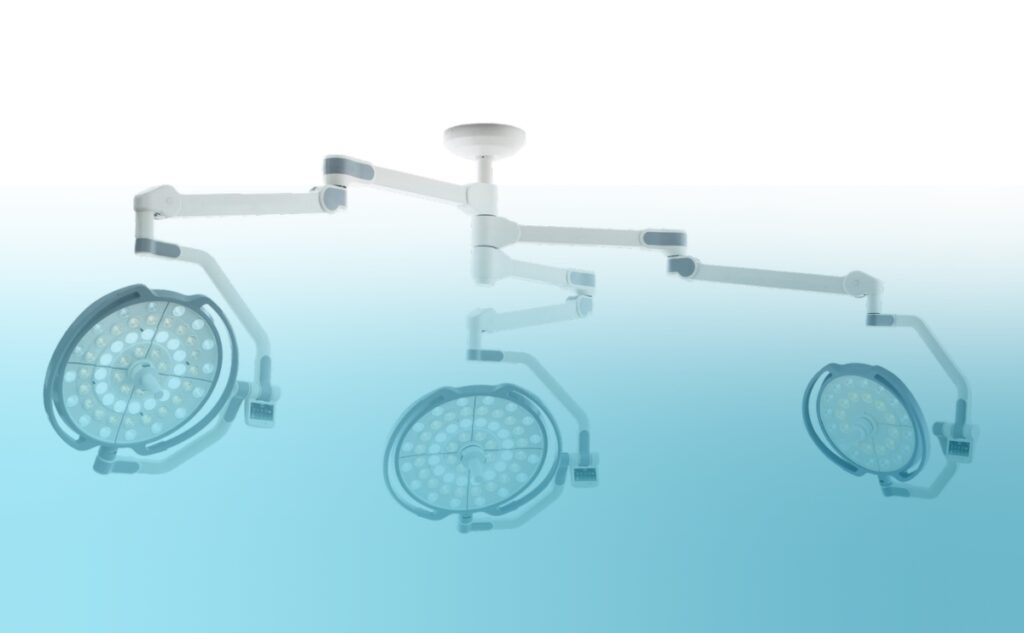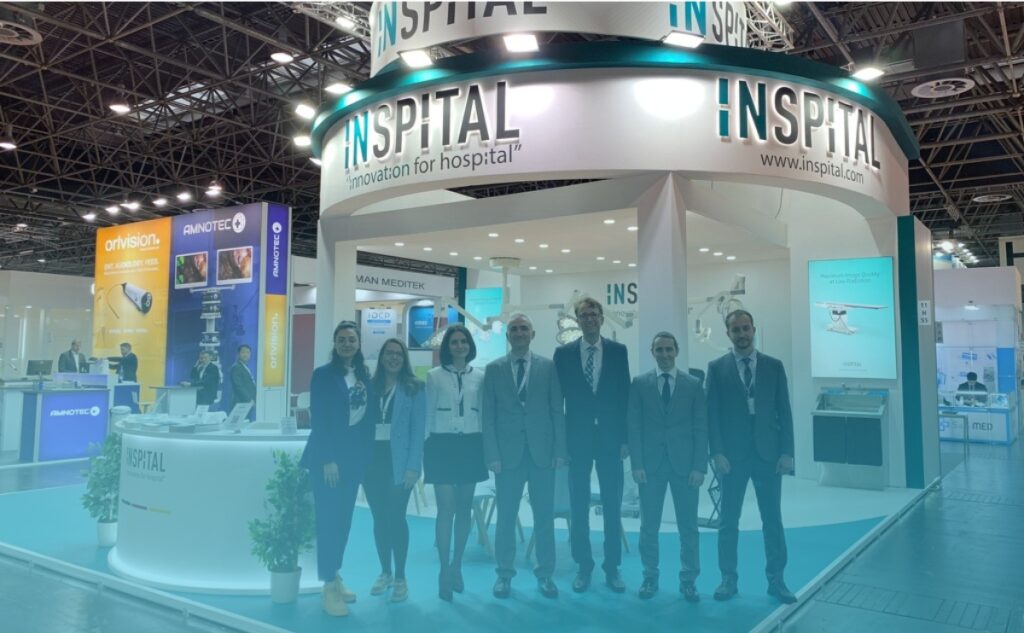MDR (Medical Device Regulation): What does it mean for manufacturers and hospitals?
- Certifications, Current News, Hospital Management

Contents
What is the MDR?
- Increasing safety and quality standards for medical devices
- Improved market surveillance and transparency
- Longer and more detailed traceability of products
- Stricter requirements for clinical evaluations
- More responsibility for manufacturers and other economic operators in the supply chain
These changes aim to prevent unsafe or inadequately tested products from entering the market and thus strengthen confidence in medical technology.
Which companies are affected?
The MDR affects not only manufacturers of medical devices but also numerous other actors along the supply chain. Manufacturers must now provide stricter evidence of the safety and efficacy of their products, including extensive clinical evaluations and conformity assessments. Certification bodies responsible for reviewing and approving medical devices are also subject to stricter requirements. Distributors and importers are obligated to ensure the quality and safety of the products they distribute, while hospitals and healthcare facilities must ensure that they only procure and use MDR-compliant products. The entire industry is thus facing a major transition that requires closer cooperation and better documentation.
The main innovations of the MDR
The MDR brings numerous changes that affect the entire medical technology industry. One of the most significant changes concerns the stricter classification of medical devices. Some product groups have been classified into higher risk classes, particularly software, implants, and products with biological materials. This significantly increases regulatory requirements. In addition, clinical evaluation procedures have been considerably tightened, so manufacturers now have to conduct more comprehensive studies and continuously provide evidence of the safety of their products.
Another important aspect is the Unique Device Identification (UDI) system, which was introduced to enable unique product identification. This new labeling facilitates traceability and contributes to greater market transparency. All medical devices must now have a unique identification number, which is stored in the central EUDAMED database. Market surveillance has also been strengthened: authorities have more powers to control and can intervene more quickly if there are safety concerns. In addition to manufacturers, importers, distributors, and authorized representatives now also bear greater responsibility, as they must ensure that the products they distribute comply with MDR requirements.
Challenges for manufacturers
The new regulations pose significant challenges for manufacturers. The requirements for technical documentation have increased, meaning that companies must provide significantly more evidence of the safety and effectiveness of their products. Additionally, there are bottlenecks with notified bodies, as only a limited number of certification bodies have been approved for the MDR, resulting in delays in product certification. Existing products often need to be re-evaluated and re-certified, which represents a considerable investment of time and money for many companies.
Effects on hospitals and healthcare facilities
Hospitals and medical facilities are also affected by the MDR. They face the challenge of ensuring that the products they use comply with the new regulations. This leads to stricter procurement criteria, as not all previously used products are automatically approved anymore. In addition, medical professionals must pay increased attention to documentation and reporting obligations, especially in case of incidents or unexpected problems with a product. This requires an adjustment of internal processes and more intensive staff training to efficiently implement the new requirements.
Opportunities and advantages of the MDR
Despite the challenges, the MDR also brings numerous benefits. The new regulations help ensure higher safety standards for patients and strengthen confidence in medical devices. Companies that transition to MDR early can secure a competitive advantage through their compliance and position themselves as reliable suppliers in the market. Furthermore, the new UDI system provides improved traceability, which can increase efficiency in the healthcare system in the long term.
Conclusion: MDR as the new standard in medical technology
The Medical Device Regulation poses significant challenges for the medical technology industry. The increased documentation requirements, stricter approval procedures, and more closely monitored market surveillance are important steps for many to ensure patient safety and prevent quality deficiencies in the field of medical devices.
Are you a hospital looking for MDR-compliant medical technology solutions? Inspital Medical Technology supports you with high-quality products that meet the latest standards. Contact us now for individual consultation or explore our range of safe and innovative medical products!
Current News
- Current News, Inspital Medical Technology, Research
News Press
Here you will find current news about trade fairs, congresses, PR and other relevant topics.

